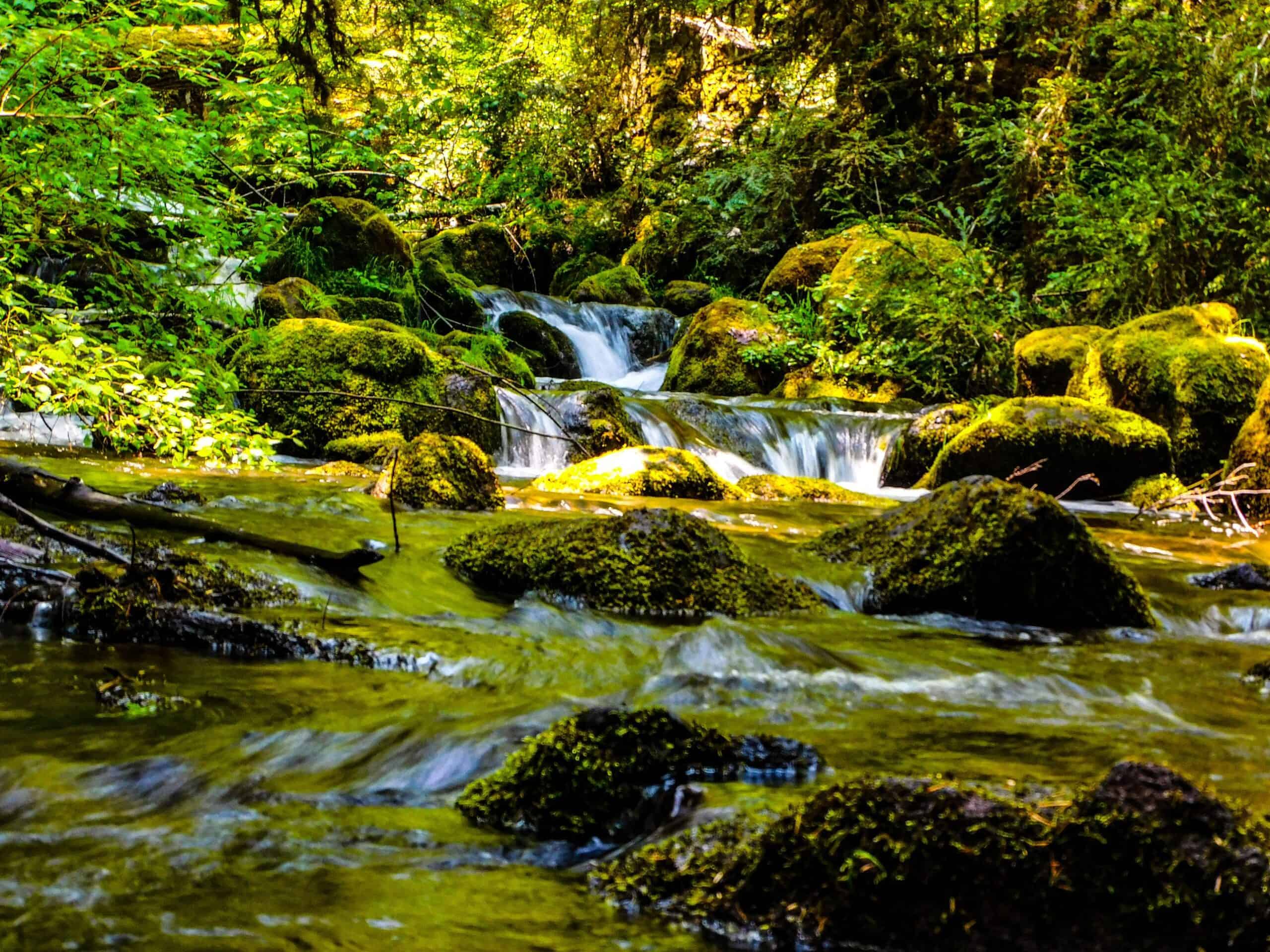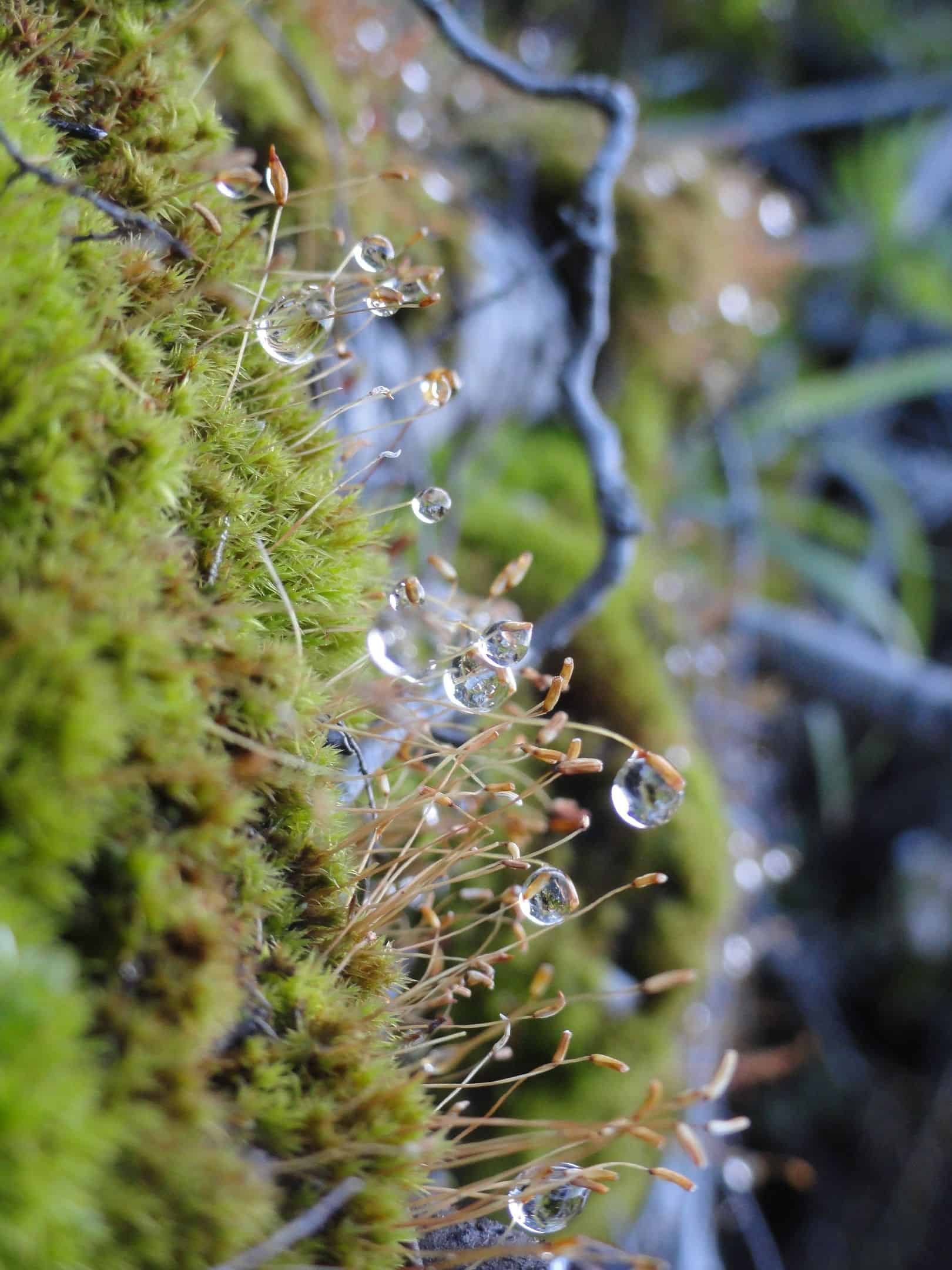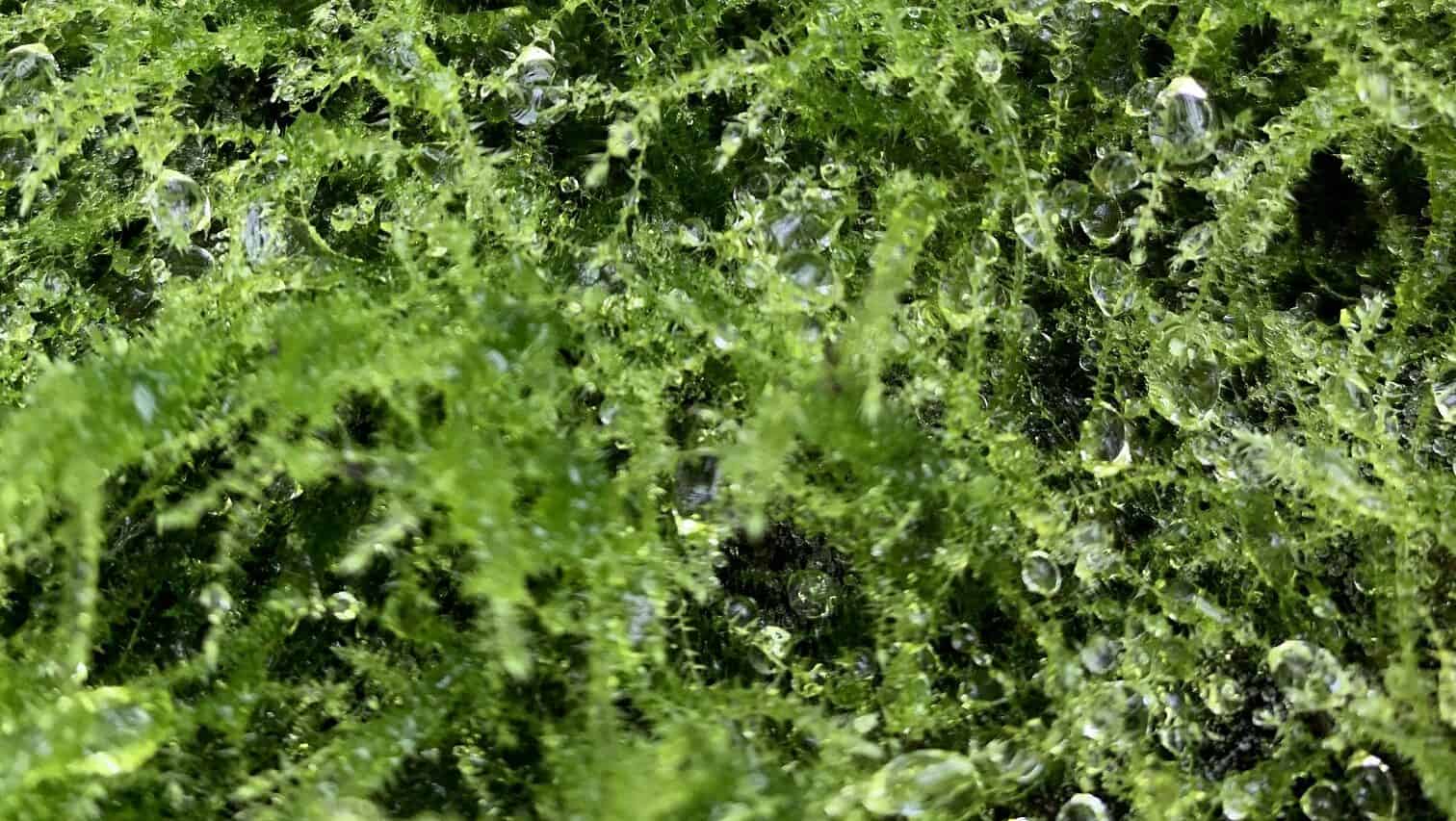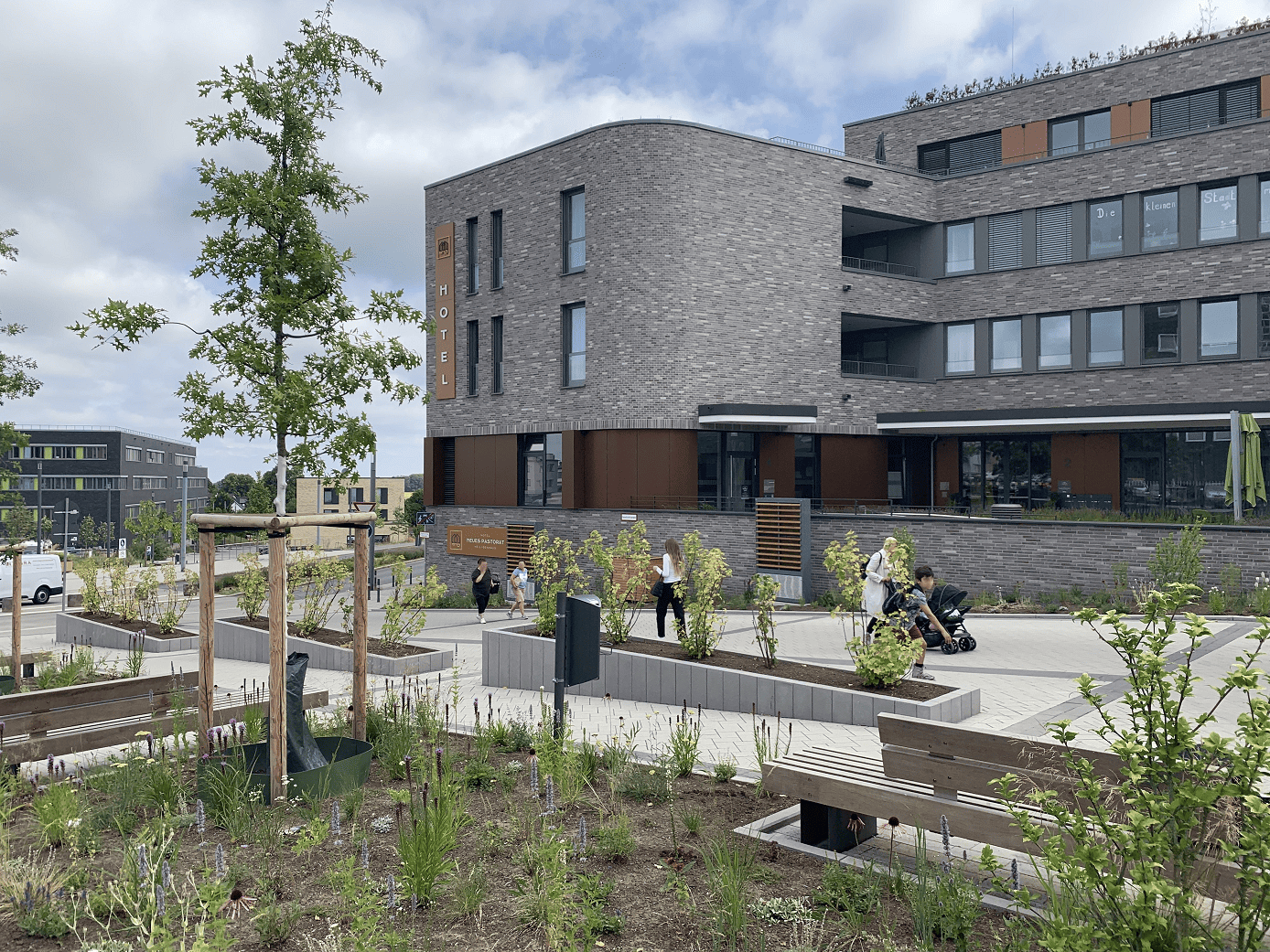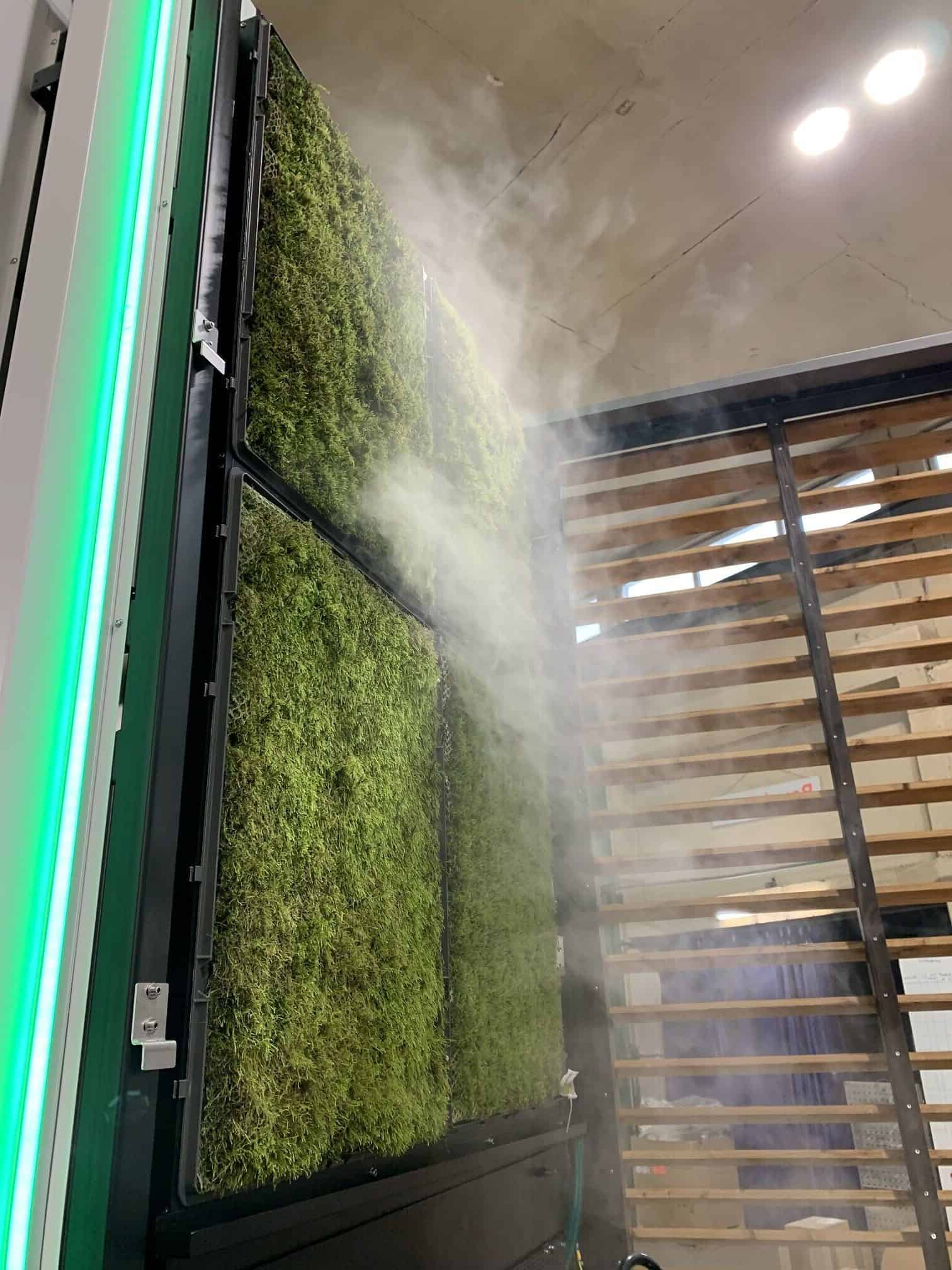Mosses as an aid to water management systems
The Primal Element: Water
Water is an extraordinary substance, with a unique set of characteristics that make it truly special. Not only is it the only chemical compound on Earth that naturally exists in three states—liquid, solid, and gas—but it also exhibits a remarkable range of properties unlike any other liquid (Source).
This remarkable element serves as the foundation of all life on our planet, and it holds a profound place as one of the four primal elements (Source). It’s no exaggeration to say that without water, there would be no life as we know it. In fact, water might very well be the key to the origin of life itself (Source).
The venerable German publication GEO even goes so far as to dub water “The Magical Element,” a fitting title considering its astonishing properties and vital role in our world (Source).
Consider these compelling facts: Our bodies are comprised of more than 55% water, underscoring our intimate connection to this element. Furthermore, an astonishing 71% of Earth’s surface is covered in water, forming the backdrop to our planet’s diverse ecosystems and natural equilibrium (Source).
Water isn’t confined to vast oceans and lakes; it weaves its way through the tapestry of life in streams, rivers, and wetlands, providing a nurturing environment for countless plants and animals. Groundwater, hidden beneath our feet, serves as both a critical source of drinking water and a unique habitat.
Beyond its ecological importance, water is an indispensable resource in our daily lives. We rely on it for sustenance, hygiene, and recreational pursuits. Furthermore, water plays a pivotal role in our global economy, serving as a source of energy, a means of transportation, and a valuable raw material (Source).
Photos: Peter Robbins & Fabian Wiktor
Water Management in the Face of Climate Change
The profound importance of water is starkly contrasted by current developments and the consequences of climate change, marked by rising temperatures and prolonged periods of intense drought. In the years 2018-2020, Germany experienced severe dry spells due to 7-25% lower rainfall, a trend that continued into 2022 as indicated by recent analyses (Source). On a global scale, this year saw record-breaking heat, with July being described as “the hottest month ever recorded” (Source). Notably, not only are land temperatures on the rise, but ocean temperatures are also reaching unprecedented levels, as reported by the Copernicus Earth observation program. Copernicus Vice-Director Samantha Burgess issued a stark warning, stating, “These records have dire consequences for both people and the planet exposed to ever more frequent and intense extreme events” (Source).
In light of these circumstances, responsible water management is becoming increasingly crucial. The German Environment Agency underscores this by stating, “Effective protection and responsible use of the water resource are prerequisites for biodiversity and sustainable utilization” (Source). In addition to consistent climate protection efforts, adapting to the consequences of climate change is inevitable (Source).
Precipitation patterns are shifting towards more extreme events, with “extreme weather events” becoming more frequent and severe overall, according to the Yale School Of The Environment. Heavy rainfall events, in particular, pose a significant challenge, especially in urban areas and on impermeable surfaces that struggle to absorb and manage excess water. Intermediate solutions, such as cisterns and artificial basins, can play a vital role in capturing, storing, and even using water for urban cooling during heatwaves.
Furthermore, the regulation of water runoff from properties is evolving. While channeling runoff into drainage systems can incur substantial costs, an increasing number of German cities are prohibiting such discharge into channels and watercourses. Instead, water must either infiltrate, be stored, or evaporate on the respective site. However, the space required for these open areas competes with residential and commercial spaces, inevitably leading to conflicts of interest. Traditional greening systems are often insufficient to address these challenges, necessitating innovative concepts.
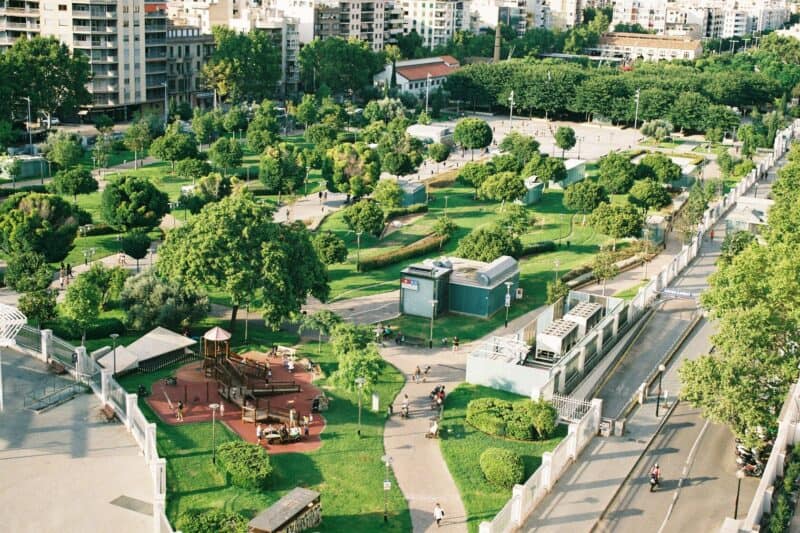
Photo: Nerea Martí Sesarino
Moss and Water: Nature’s Climate Superheroes
Mosses, often overlooked in the grand tapestry of nature, possess two remarkable qualities that make them the “superheroes in disguise” of climate change: air purification and cooling (Source). These unassuming plants have a unique ability to utilize their entire surface area for metabolic processes. This grants them the capacity to store and release substantial amounts of water while simultaneously capturing pollutants from the air. Leveraging state-of-the-art Internet of Things (IoT) technology and innovative ventilation and irrigation techniques, mosses can become integral components of our regenerative biotech filters, functioning as both air conditioners and particulate vacuums.
Mosses are avid water enthusiasts, behaving much like tiny green sponges (Source). In the natural world, they play an invaluable role by absorbing and storing water, capable of holding up to 26 times their dry weight in the case of peat moss (Source). Mosses absorb water across their entire surface since they lack “true roots” or complex vascular systems for nutrient and water transport (Source).
Moss is remarkably resilient and undemanding. These attributes are part of the clever strategies mosses have evolved to compensate for their diminutive size. They can thrive on minimal nutrients and light, photosynthesize effectively even at low temperatures, endure near-complete desiccation without perishing, and absorb large volumes of water through their entire surface area (Source). They can withstand long periods of drought, seemingly returning to life once rehydrated (Source).
In forested regions, mosses act as nature’s moisture reservoirs, soaking up rainwater like literal sponges and gradually releasing it into their surroundings. This critical role makes them essential not only for maintaining forest ecosystems but also for human flood control (Source). Unlike many other plants, mosses lack thickened waxy cuticles on their leaves that typically prevents water from evaporating and being lost to the environment, contributing to their impressive cooling performance (Source).
Specialized mosses, when combined with active ventilation, can significantly reduce temperatures through their high rates of evaporation.
Photos: Simon Spirakulix & GCS
Moss Filters in the Water Cycle
The unique characteristics of moss have a positive impact on rainwater management and the humidification and cooling of the air. In forested areas devoid of moss, even relatively mild rainfalls can quickly lead to flooding (Source). However, flooding is not limited to forested regions: cities significantly contribute to climate change, but they also suffer its consequences. “Our Struggle for Global Sustainability Will Be Won or Lost in Cities.” (Source).
At Green City Solutions, we prioritize holistic thinking, intertwining our fresh air concept with other future-oriented topics and initiatives. The use of collected rainwater plays a pivotal role here, as water storage and buffers become increasingly relevant due to heavy rainfall and periods of drought. Our goal is to harness this rainwater and seamlessly integrate our products into rainwater management concepts.
The water requirements of our multifunctional biofilters are influenced by external environmental factors and the desired cooling performance. The water can be sourced either from integrated water tanks or directly from a water supply. As an example, a group of three CityTrees can generate around 19,500 watts of cooling power. To achieve this level of performance, these three natural air filters require approximately six liters of water per hour.
Video: Excerpt from BBC’s „How walls of moss could help reduce urban air pollution“
Mosses: Green Sponges in the Sponge City
In this discussion, we’re approaching the concept of the Sponge City. Imagine rainwater collected from rooftops and directed into reservoirs equipped with mosses that actively evaporate water and cool the air – this is the ideal cycle and the essence of the Sponge City concept.
The Sponge City concept offers urban areas protection against flooding during heavy rainfall and drought periods (Source). Today’s urban spaces are densely built, resulting in high levels of surface sealing. This, in turn, leads to frequent flooding after extreme weather events like heavy rainfall. Sealed surfaces, composed of asphalt, concrete, and glass, have limited capacity to absorb and retain water. Furthermore, some urban sewer systems are overwhelmed by the sheer volume of water. In our largely sealed cities, “rainwater has only one destination: the sewage system. When heavy rains hit, the system can become overloaded. (Source)
Hence, “modern rainwater management is becoming increasingly crucial for city planners and municipalities.” The Sponge City approach involves capturing and storing rainwater where it falls and reintegrating it into the rainwater cycle precisely where it is collected (Source). Vital components of this strategy include green roofs and facades because they not only store water but also protect interior spaces from extreme external temperatures and have a cooling effect during hot spells while providing cold protection in winter (Source). Much like our moss filters, “[a] green roof directly influences urban weather or temperatures in small urban areas by sustainably reducing heat and improving the microclimate.” (Source).
Photos: GCS
Adjustable Plant Systems: Revolutionizing Rainwater Management
Plant systems with adjustable performance offer extraordinary and versatile opportunities for actively managing rainwater. Depending on the need for water release, moss modules can be controlled and their performance adapted.
Today, successful rainwater management goes beyond ensuring drainage security. It aims to harmonise the urban water cycle with its natural, undeveloped state, reduce pollutant runoff into water bodies, and achieve positive urban climate effects (Source).
A fascinating opportunity arises with the potential for extra greenery. This can be seamlessly integrated, adapting to the specific vegetation type in a demand-driven manner, all while complementing the moss filters. For instance, the WallBreeze modules in the new project in the city of Heiligenhaus utilise locally collected rainwater stored in large underground tanks for automatic irrigation.
Andreas Sauerwein, the Technical Deputy of the City of Heiligenhaus, highlighted this in an interview with Michaela Heiser for “Westdeutscher Rundfunk“, saying, “What makes this whole project exciting is that it’s not supplied with drinking water but with rainwater collected from this area, stored in a cistern, and then used for the facility” (Source).
With Green City Solutions’ natural fresh air concepts, cities and businesses can contribute to sustainability and create a healthier, more livable environment for their communities—locally, visibly, and measurably.

